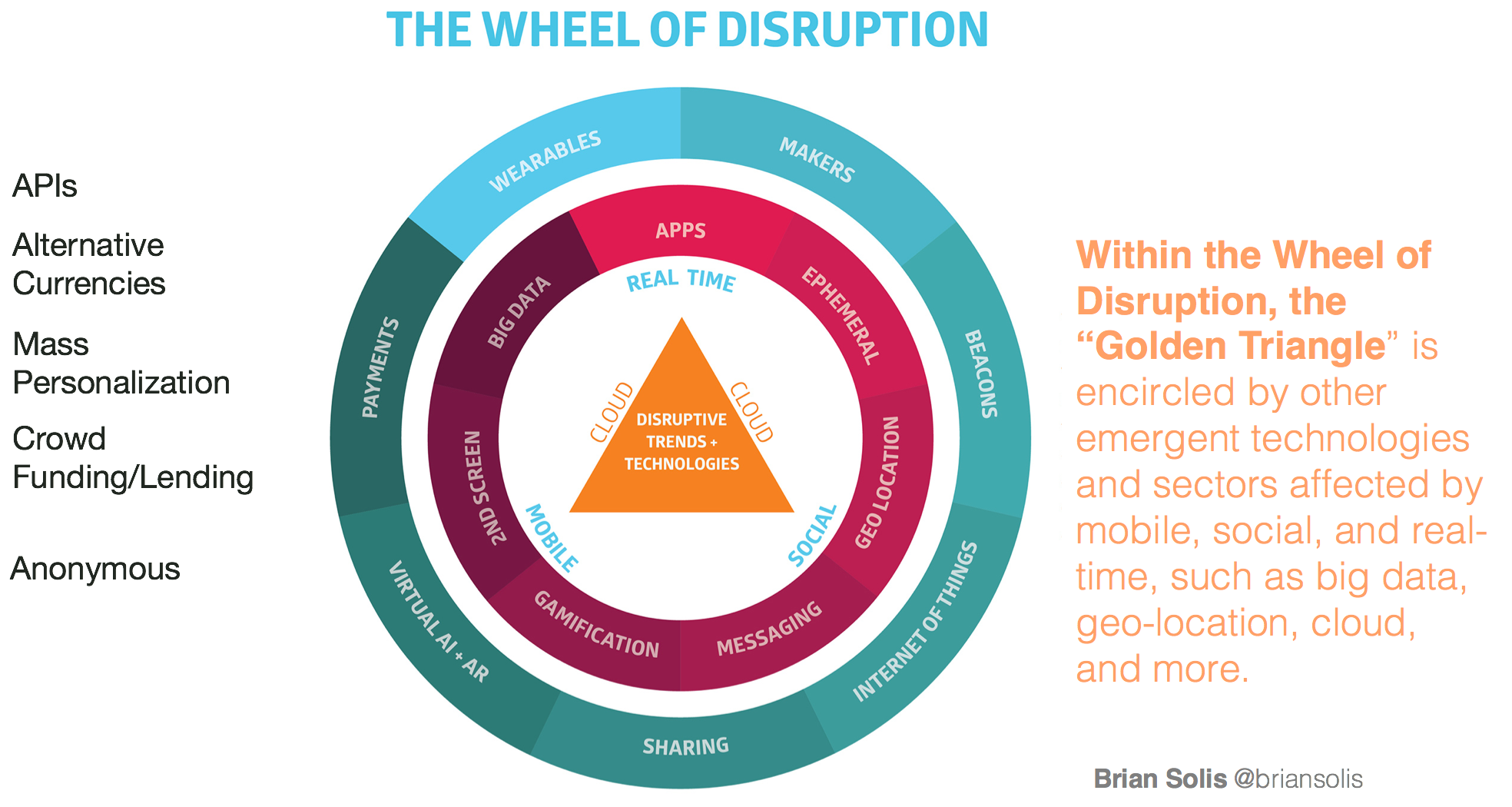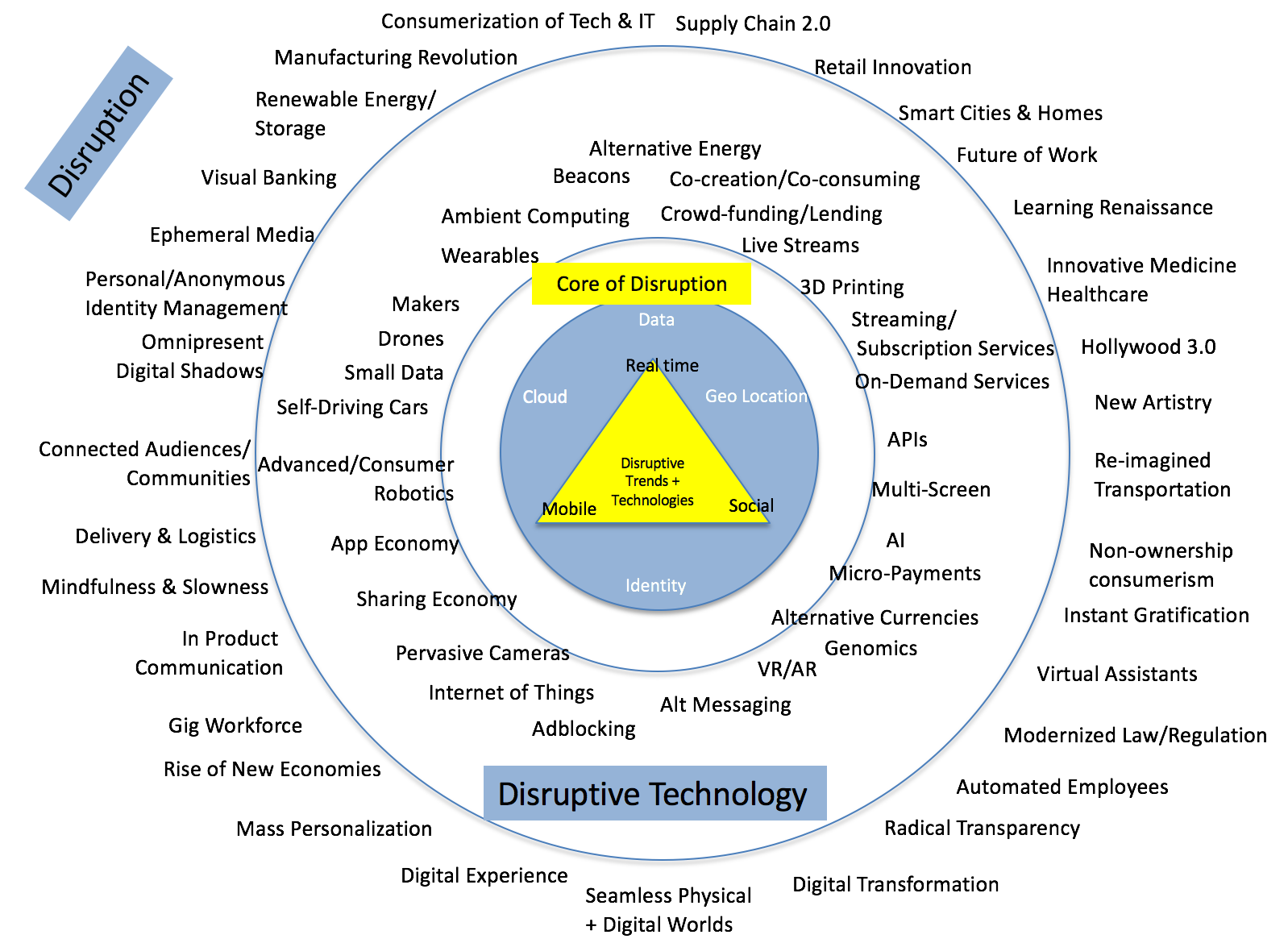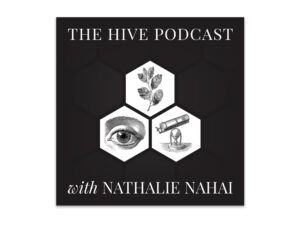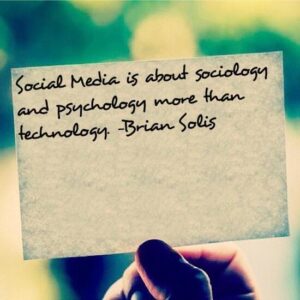
I study disruptive technology, specifically innovative technology that gains so much momentum that it disrupts markets and ultimately businesses. In the past several years, disruptive technology has become so pervasive that I’ve had to further focus my work on studying only disruptive technologies that are impacting customer and employee behavior, expectations and values and affecting customer and employee experiences. I can hardly keep up with today let alone consider the potential disruption that looms ahead in every sector imaginable including new areas that will emerge and displace laggard perspectives, models and processes.
The image above represents the focal point of my work in 2009 – 2012. I called it the “Wheel of Disruption” (WoD) and it was meant to document and convey that the “Golden Triangle” of real-time, mobile and social, surrounded by the cloud, was inspiring incredible innovation and thus producing new and disruptive new apps, tools and services.
It was quickly dated to say the least.
Jump ahead to 2013, and you can see just how quickly disruptive technologies were rising and shifting while affecting or creating new markets, i.e. the so-called sharing economy, which I refer to as the selfish economy, and also the maker movement, connected homes, alternative currencies, ephemeral communication, unbanking and crowd-funding, etc.
This version too was quickly dated.
Let’s take a trip back to the future and visit 2015. What you see below is a working, and crude, model of the the Wheel of Disruption and as you can see, it’s radically enhanced and far more complicated. This is because the rate of which disruptive technology is, well disrupting, is exponential. So the ability to keep up with the next big thing is shaping and reshaping my view of the horizon regardless of how many years you want to look out. But if you notice the differences between this rough model and its predecessors, you’ll notice I’m now focusing on technology’s affect on behavior and the resulting affect on society and how that influences markets.
Disruptive technology’s impact on the short-term is fast and exceptional. Look then at how innovation shapes disruption and the causal effect of disruption on how people go through life, whether personal or for business (even though it’s blurring), you slow evolution to the point where you can track its trajectory.
And, this brings me to the present. As a so-called futurist, I’m now reprogramming my crystal ball to still explore disruptive technology but more so humanity. The Wheel of Disruption was cool and initially effective in tracking technologies that helped prioritize investments toward strategic iteration and innovation. But it was by observing people and the who, what, where, why, when plus to what extent and how shifts in behaviors, expectations, values et al., are bringing to life the old adage of “the future isn’t what it used to be.”
What does that mean? Take a look at the outer layer of the work in progress WoD and you’ll notice that the outer layer is comprised of effects not trends. That’s the layer emulates the ripples of disruption. With each new disruptive technology that acts as a pebble in the water, the ripples that cast forward change the nature of the water’s surface and direction. Here’s the thing; disruptive technology is never going to let up and thus, these pebbles will continue to hit not in just one place, but all over, causing short and long-term transformation on the surface and below.
This metaphor only means this…the future is the result of technology’s impact on society and everything else is upset, rejuvenated or roused as result. Oh the humanities of it all. The future 5 or 10 years out is a selfish one, governed by accidental narcissists who were conditioned to know that the world literally revolved around them and they, whether they wanted it or not, now had the power to…
Put themselves out of work or relevance because of technology.
Gain new expertise that makes them matter to the next economy.
Inspire a new generation of people to change and work toward a common purpose.
Etc. etc.
It’s almost infinite. No, it is.
In a world of “disruptive” apps, devices and machines, humanity becomes the killer app.
Part of the Think Further series brought to you by Fred Alger Management. For more “Think Further” content, please visit www.thinkfurtheralger.com
Experience is everything…








Great perspective on disruptive technologies (DT). Thinking beyond DT impact on consumer/personal use is the global arena. I credit those countries that are using DT to promote the common good, welfare, prosperity and growth of their countries and people. Like any new capability in the hands of the people, it can go in different directions. So we, the generation responsible for DT, have an obligation to show the world what [good] we can do with it. So you hit it on the head when you said we must “Inspire a new generation of people to change and work toward a common purpose.”
Cheers! 🙂
https://www.thinkwithgoogle.com/articles/five-auto-shopping-moments-every-brand-must-own.html Cheers Rob!
I like and find interesting articles. Comments and indefinitely But most have not been approved. And this article is well-written, interesting, too, I must return to this site again.
Great charts!
Thank you!
You’re Welcome, Bri.
What happened to our comments?
The code is broken, but if you highlight it, you’ll see it. The text is white on white.
Jaja. oops.